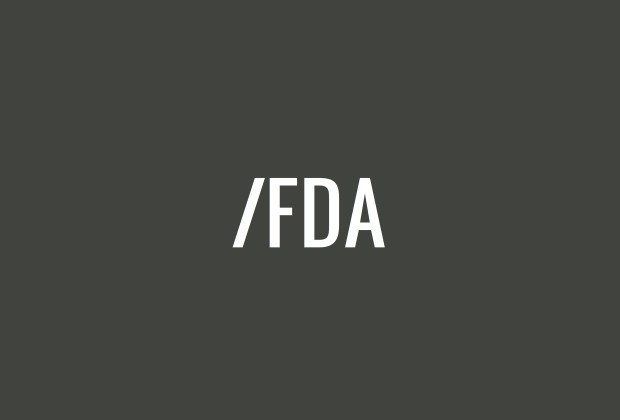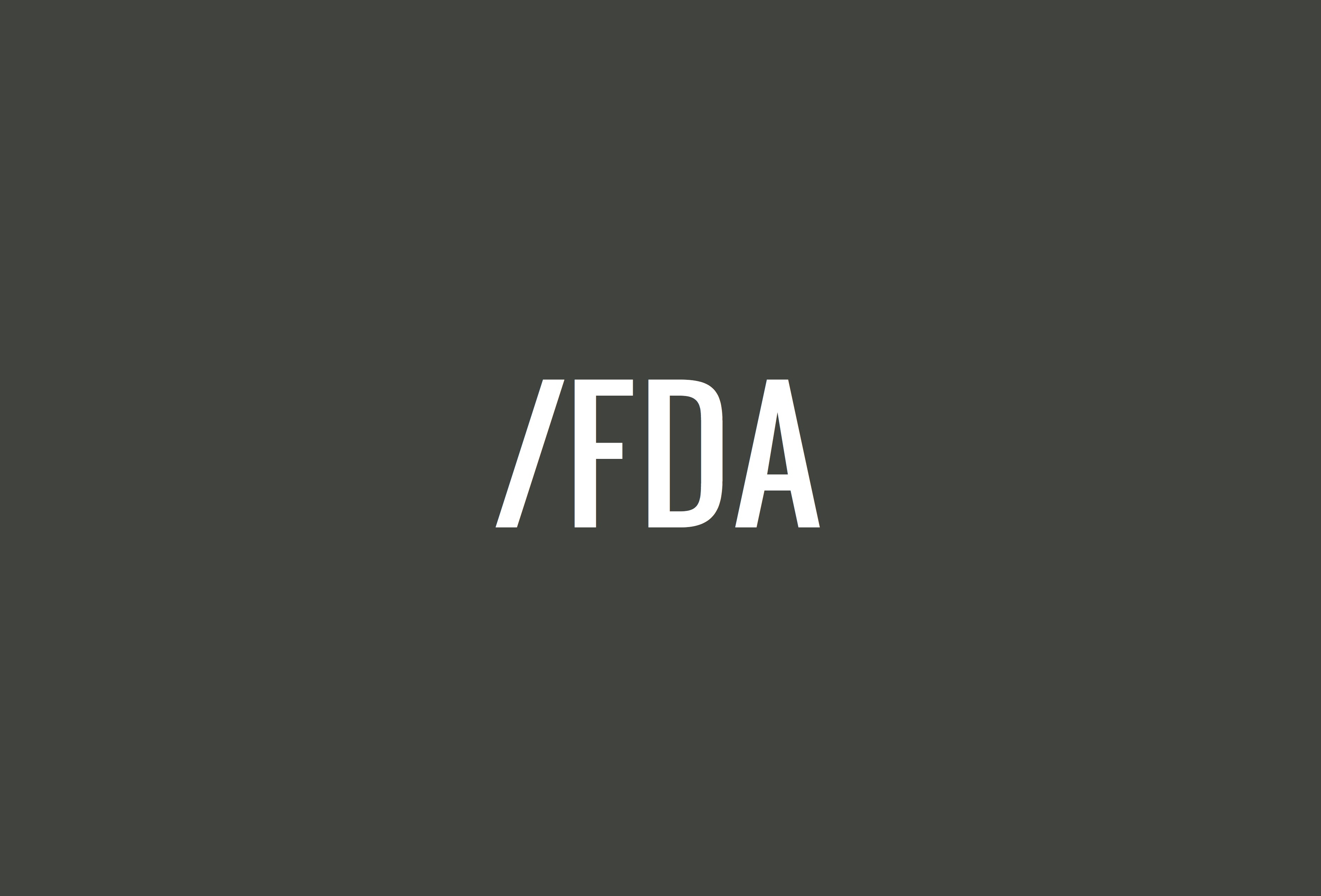Recently, most of the attention surrounding the lawsuits against the U.S. Food & Drug Administration (FDA) has centered around the original case filed in Washington D.C. However, the other case—one filed in Texas—is still active and last week the plaintiffs filed a motion for summary judgment.
Due to a ruling last year, the Texas case is no longer in Texas, instead, it is in the same Washington D.C.-based Federal Circuit Court as the other lawsuit. Attorneys for the plaintiffs—En Fuego, a Dallas area cigar shop; El Cubano Cigars of League City and the Texas Cigar Merchants Association—filed the motion last Friday.
Summary judgment is a legal procedure where one party in a case asks a judge to rule on all or parts of the case regarding legal issues surrounding a case. A summary judgment is centered around questions of law instead of questions of fact.
Many of the issues in this motion have been covered extensively before through the original lawsuit, but the Texas lawsuit is slightly different because it also deals with whether FDA failed to treat premium cigars differently than all cigars, whereas the D.C. case deals with all cigars.
Towards the end of the 57-page motion, that point becomes quite clear. In it, Michael J. Edney—who also serves as the lead attorney for the plaintiffs in the original D.C. case—argues that the FDA failed to meet the requirements set forth in the Administrative Procedure Act (APA), which is not a new argument for the cigar industry. The APA is a set of rules that regulate agencies like FDA and are requirements that those agencies must go through before enacting rules.
In this particular filing, Edney goes through many of the same basic APA arguments—largely centered around warning labels and costs—but then he argues that FDA failed to answer the question of whether it should regulate premium cigars differently than all cigars.
When this Court was presented with a claim about all cigars—not differentiating premium cigars—it held that the FDA made those findings. See Cigar Ass’n, 315 F. Supp. 3d at 160-62. This case is different: It concerns whether the agency satisfied legal standards concerning premium cigars as its own category of tobacco product. The agency did not make the findings as to premium cigars.
Section 906(d)(1) of the Act applies to “restrictions on the sale and distribution of a tobacco product,” and provides that the mandated “finding . . . shall be determined with respect to the risks and benefits to the population as a whole, including users and nonusers of the tobacco product.” FD&C Act § 906(d)(1), 21 U.S.C § 387f(d)(1) (emphases added). And the agency recognized when proposing the Rule, and reaffirmed when it opened a new premium cigars rulemaking docket, that premium cigars are a distinct category of tobacco product that may present different questions of public health. See 79 Fed. Reg. at 23,150; 83 Fed. Reg. at 12,902-04. Had Congress intended to authorize the FDA to rely upon a single, generic finding when imposing estrictions upon diverse categories of tobacco products, it would not have selected the careful language “users and nonusers of the tobacco product.” See FD&C Act § 906(d)(1), 21 U.S.C § 387f(d)(1) (emphases added).
Earlier in the brief, Edney went through recent studies—ones funded by the government and in some cases, studies where the data was evaluated by FDA employees—that show that premium cigars are different. Amongst the key takeaways:
- An FDA employee concluded that there were “clear distinctions between premium and non-premium smoker characteristics, use patterns and purchasing behaviors.”
- There is no evidence that premium cigar smoking leads to cigarette smoking. Specifically, only 2.3 percent of premium cigar smokers who were not cigarette smokers became cigarette smokers, compared to 1.1 of non-smokers who became cigarette smokers over the same time. This shows a non-statistically significant difference between premium cigar use and no premium cigar use when it comes to becoming cigarette users.
- In one study, out of 11,814 individuals aged 12-17, there was only one premium cigar smoker.
- FDA’s staff found that most premium cigar smokers show no statistically significant increase in the risk of death. (This is based on the PATH study that showed that most premium cigar users smoke less than one premium cigar per day. That same study found that median age people tried their first premium cigar was 29.8.)
- The same staff found that premium cigar use by minors was so infrequent that it could not be reliably measured.
There was also discussion about the warning labels in the wake of the Becerra decision last year. Last June, the Supreme Court ruled on National Institute of Family and Life Advocates v. Becerra, which dramatically changed the playing field. The Becerra case dealt with a question of whether or not the state of California could require crisis pregnancy centers—oftentimes places whose mission is to persuade women not to have an abortion—to display messages explaining to potential clients that there were other options, including abortion.
Those centers sued, arguing the government hadn’t proven the harms being done by not displaying the signs that would justify those businesses having to display warnings, particularly those directly in conflict with their goals. The centers won and the court ruled that the First Amendment meant the government couldn’t require businesses to display warnings unless the harm was “potentially real not purely hypothetical” and that the warnings need to “extend ‘no broader than reasonably necessary.’”
Since then, Becerra was used to strike down a San Francisco law that would have required soda companies to place a warning label on 20 percent of advertisements.
As to how that relates to cigars, it’s because of the warning labels. Edney repeated some of the arguments he made last month in an appeal of the D.C. lawsuit. In short, the warning labels being required by FDA—warning labels covering 30 percent of two principal panels of the box and 20 percent of all advertisements—are far more intrusive than the two 8 1/2 x 11 pieces of paper that the state of California tried to require abortion centers to display.
Furthermore, those warning labels will be repeated hundreds, if not thousands, of times within a cigar shop, far more than what is likely to be constitutional.
Once again, the premium cigar specificity of this case changes the argument a bit. In this motion, the plaintiffs argue that FDA has failed to prove that premium cigars are dangerous enough to warrant these warning labels. Using the aforementioned data, the cigar businesses argue that the warnings would fail an earlier court ruling because they would be deemed “controversial” as FDA can’t prove that premium cigars are inherently dangerous.
This goes into a number of specific arguments, including questions about whether there’s any evidence of whether premium cigar use could harm a baby or pregnant mother as one warning label indicates; to a discussion of whether the word “can” is misleading and should be replaced by “may” given the lack of evidence.
Edney also argues that the warning labels would force cigar companies to acknowledge these statements as settled science despite the fact that there’s very little evidence:
At the very least, the content of the warnings is “controversial” as applied to premium cigars, by the FDA’s own admission. The FDA opened a rulemaking docket citing one of the above studies and effectively acknowledging that the accuracy and completeness of each of the warnings as applied to premium cigars requires further scientific study. See 83 Fed. Reg. at 12,902-03 (citing Corey et al.); id. at 12,904. If the warnings required by the Rule were allowed to stand, Plaintiffs would be forced to claim that scientific inquiry is settled and that premium cigars used as nearly all premium cigar consumers do in fact increase the risk of cancer and other diseases.
Most of the aforementioned warning label arguments center around a previous case, Zauderer, but the plaintiffs also make claims in regards to Central Hudson, another case dealing with government warnings. Those arguments are largely familiar, dealing with questions about whether there is a legitimate government interest at stake and whether the warning labels solve it.
But, once again, the premium cigar nature of this case comes into play:
This is different than a convenience store selling a handful of mass-produced cigars behind the counter. In En Fuego’s premium cigar retail humidor, the FDA warnings could be repeated hundreds of times—two on every cigar box, one on each placard describing a cigar in the humidor, one on every in-store display referencing a cigar, and again on the sign at each cash register.
The Texas case was the first time the cigar industry made arguments in relation to the restrictions of advertising. Those are once again made here, specifically the concept of warning plans. As was argued in the D.C. appeal, the cigar companies are opposed to the 12-month warning plans that require cigar companies—both manufacturers and retailers—to submit advertising plans that outline all potential advertising and the warning label that will go onto the advertisement 12-months in advance.
As was presented last year in the Texas case, that could include a store like En Fuego being required to submit Facebook posts to FDA 12-months in advance. One argument that is a bit different in this motion is the concept of contemporaneous enforcement. The motion argues that FDA could have simply just required these companies to rotate the ads without the 12-month preapproval window.
Regardless, the same arguments about restricting speech, the overbearing nature and the lack of clarity regarding what is advertising are all once again present.
Finally, there are two other APA-specific arguments.
First, the plaintiffs argue that FDA’s enforcement of the warning label rules, while it simultaneously also has begun the process of potentially reevaluating premium cigar regulations violates the constitution. It specifically references a statement made by Dr. Scott Gottlieb, the outgoing FDA commissioner, made on CNBC, “It is true that we are revisiting the rule that deemed premium cigars ‘tobacco products’ subject to all the same regulation as, let’s say, cigarettes.”
It should be worth noting that in both the D.C. and Texas cases, the plaintiffs have argued that FDA’s decision to push some rules back, while not delaying the warning label requirements, has been a large area of focus. Also of note is that FDA didn’t delay the warning label requirements, the D.C. Circuit Court did.
Secondly, Edney argues that rule itself is unconstitutional due to a violation of the Appointments Clause. This new argument is as follows:
- The rule “imposed substantive regulations on an entire segment of the economy,” which therefore means that a principal officer of the United States should have enacted it per the Appointments Clause,
- The Secretary of the Department of Health and Human Services (HHS) or the Commissioner of FDA are principal officers as they are appointed by the President and confirmed by the Senate,
- Congress gave the authority to make these rules to the Secretary of HHS in the Tobacco Control Act,
- Leslie Kux, Association Commissioner for Policy, issued the rule.
Kux was given this ability after being sub-delegated the power, something the motion holds as unconstitutional.
The motion requests oral arguments to begin on July 11.


